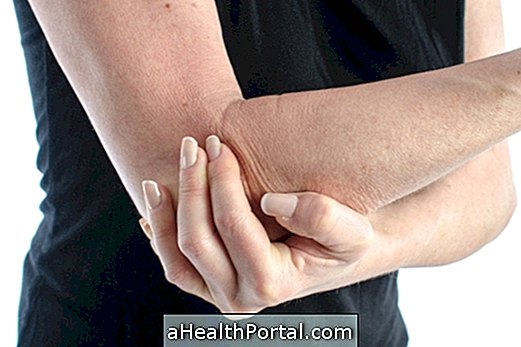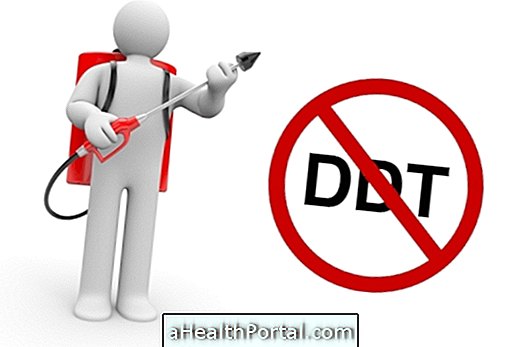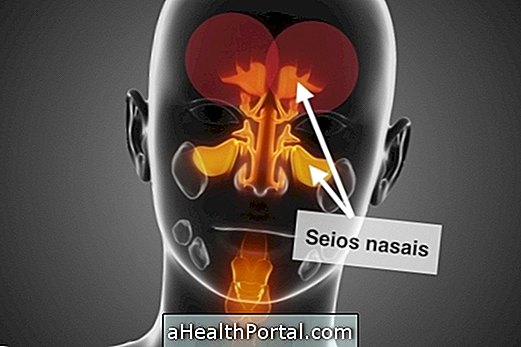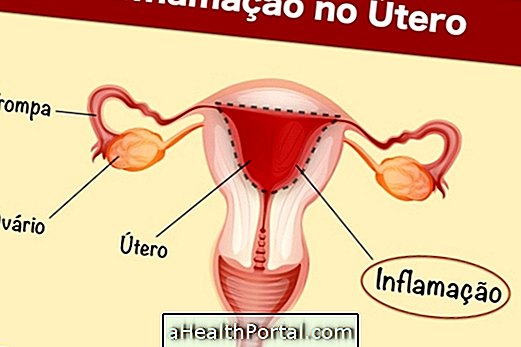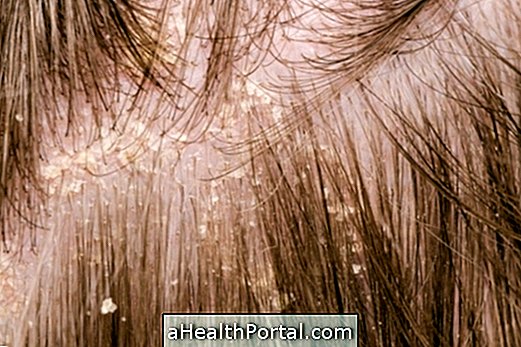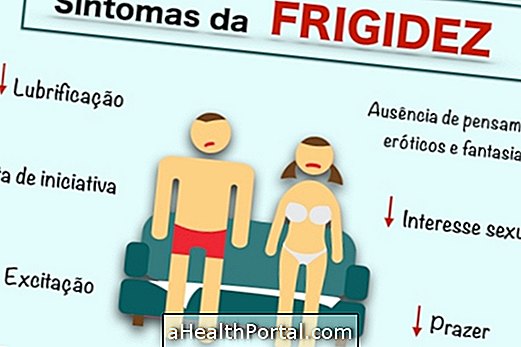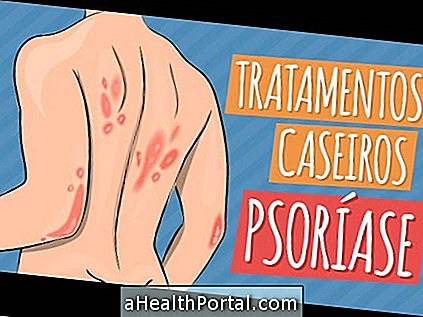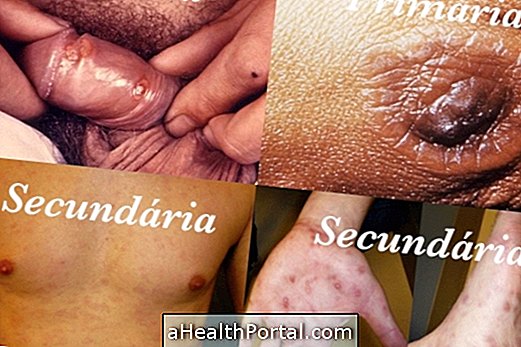The appearance of sores on the tongue, mouth, and throat usually occurs due to the use of some types of medications, but can also be a sign of infection by viruses or bacteria, so the best way to find out the correct cause is by consulting a clinician general or gastroenterologist.
Along with the wounds it is still common to develop other symptoms like pain and burning in the mouth, especially when talking or eating.
1. Use of medicines
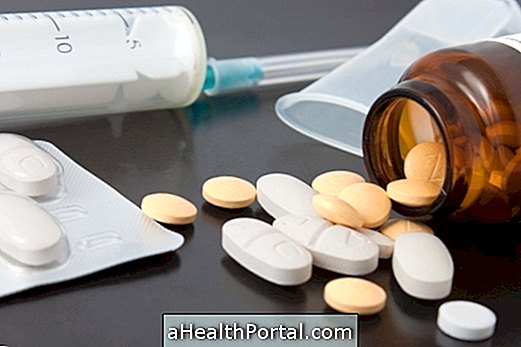
The use of some medicines can cause a burning sensation in the mouth as a side effect, which normally causes a lot of pain in the tongue, palate, gingiva, inside the cheeks and throat, and can remain throughout the treatment. In addition, the use of drugs, alcohol and tobacco may also cause similar symptoms.
How to treat : You should identify which medicine causes burning in the mouth and tongue and talk to your doctor in order to try to replace it. Alcohol, tobacco, and drugs should also be avoided.
2. Candidiasis

Oral candidiasis, also known as the disease of the thrush, is an infection caused by a fungus called Candida albicans, which can occur in the mouth or throat causing symptoms such as blemishes or white patches, sore throat, difficulty swallowing and cracks in the corners from the mouth. This infection usually develops when the immune system is down, and is therefore very common in babies. Here's how to identify this disease.
How to treat : Treatment for thrush disease can be done with the application of an antifungal in the form of liquid, cream or gel, such as nystatin or miconazole, in the infected mouth region. Learn more about treatment.
3. Foot-and-mouth disease

Aphthous stomatitis is a non-contagious disease that causes thrush, blisters, and mouth sores more than twice a month. Canker sores appear as small lesions of white or yellowish color with red border, appearing in the mouth, tongue, inner areas of the cheeks, lips, gums and throat. Learn how to identify aphthous stomatitis.
This problem can arise due to sensitivity to some kind of food, vitamin B12 deficiency, hormonal changes, stress or weakened immune system.
How to treat : The treatment consists of relieving the symptoms of pain and discomfort and promoting the healing of the ulcers. Anti-inflammatory drugs such as Amlexanox are usually used, antibiotics like Minocycline and anesthetics such as Benzocaine, as well as mouth-elixirs are recommended for disinfecting and relieving local pain.
4. Cold Sores

Cold sores are a contagious infection caused by a virus, which causes lesions in the form of blisters or scabs, which usually appear on the lips, although they may also develop under the nose or chin. Cold sore blisters can burst, allowing fluids to contaminate other regions.
How to treat: This disease has no cure, however it can be treated with antiviral ointments such as acyclovir. See more treatment options for cold sores.
5. Leukoplakia

Oral leukoplakia is characterized by the appearance of small white plaques that grow on the tongue and may also appear on the inside of the cheeks or gums. These spots usually do not cause symptoms and disappear without treatment. This condition can be caused by poorly adapted restorations, crowns or dentures, cigarette use or HIV or Epstein-Barr virus infection. Although rare, Leukoplakia can progress to oral cancer.
How to treat: Treatment involves removal of the lesion causing element and if mouth cancer is suspected, your doctor may recommend removal of stain-affected cells through minor surgery or cryotherapy.
